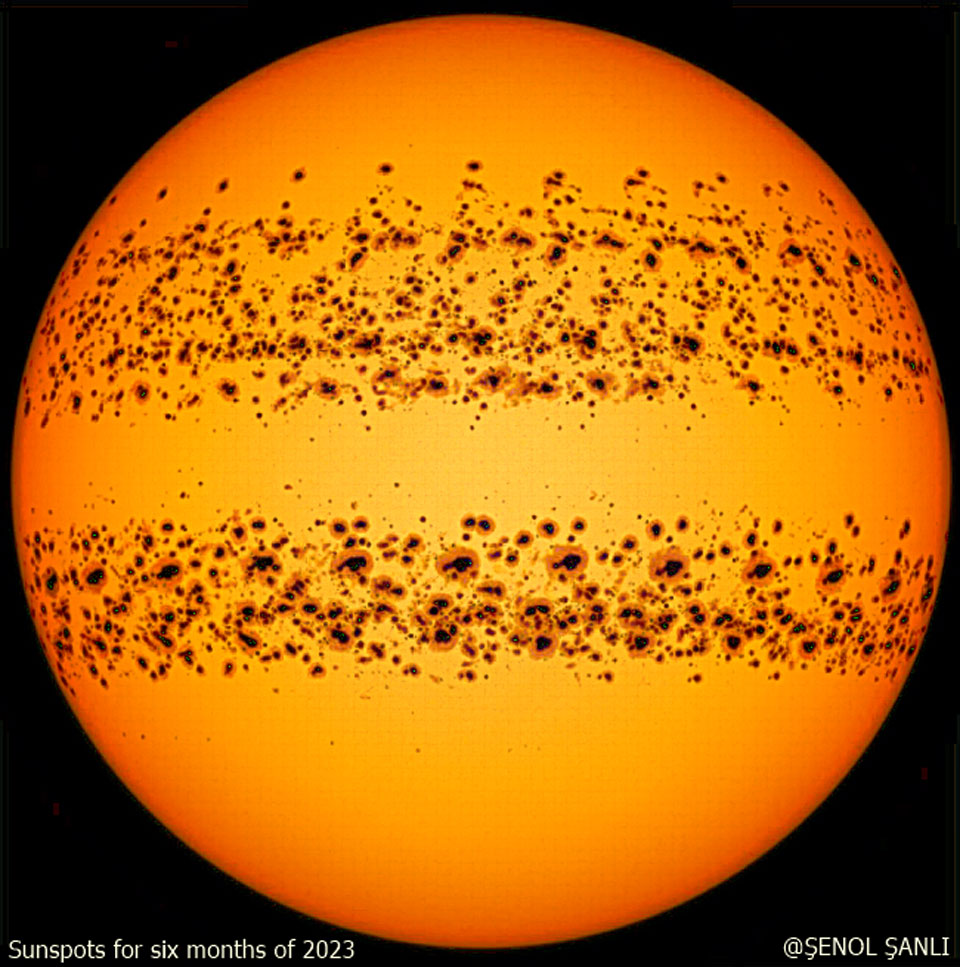this post was submitted on 16 Jul 2023
120 points (100.0% liked)
SpacePics
1184 readers
1 users here now
A community dedicated to sharing high quality images of space and the cosmos
Rules:
-
Include some context in the title (such as the name of the astronomical object or location where it was photographed)
-
Only images, pictures, collages, albums, and gifs are allowed. Please link images from high quality sources (Imgur, NASA, ESA, Flickr, 500px , etc.) Videos, interactive images/websites, memes, and articles are not allowed
-
Only submit images related to space. This may include pictures of space, artwork of space, photoshopped images of space, simulations, artist's depictions, satellite images of Earth, or other related images
-
Be civil to one another
founded 2 years ago
MODERATORS
you are viewing a single comment's thread
view the rest of the comments
view the rest of the comments

That largest one in the Southern hemisphere is visible—with proper protective gear—to the naked eye, designated No 3363.
It’s approximately six Earths across.
Really? I wasn't aware of that, super cool.
Yes! I didn’t know it was possible. I was on a sunrise walk a few days ago and the sun was coming through a thick haze and I could make out an object in the way of the sun. I thought it might be an airplane or a satellite, but it never moved. Then I thought it might be the planet Mercury, but when I looked it up, it was in the wrong place. Then I found a NASA sunspot tracker, and there it was.